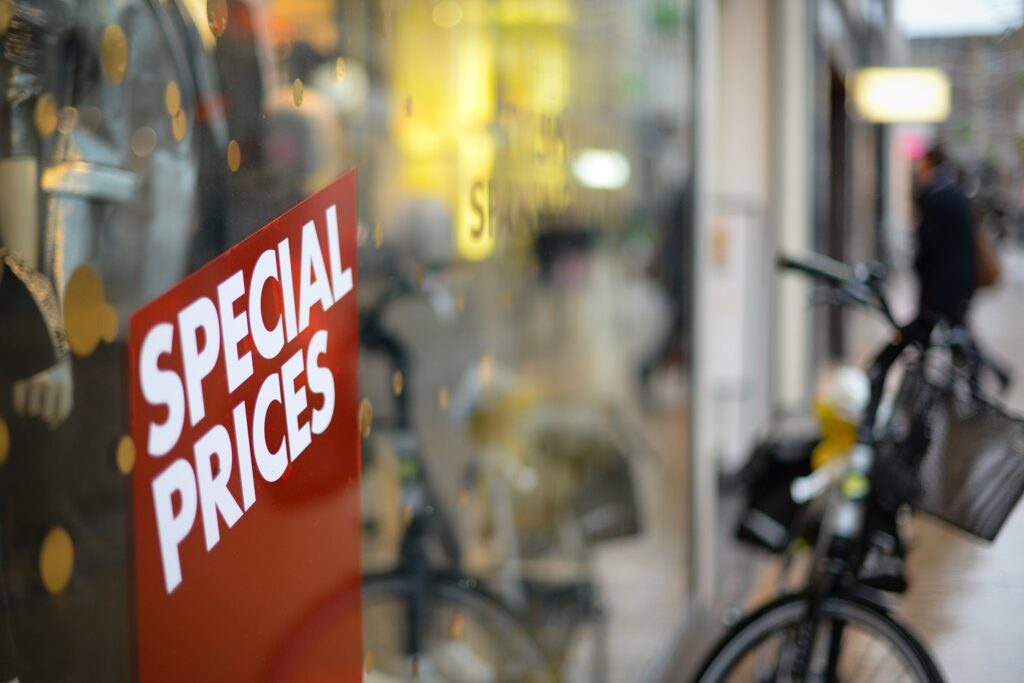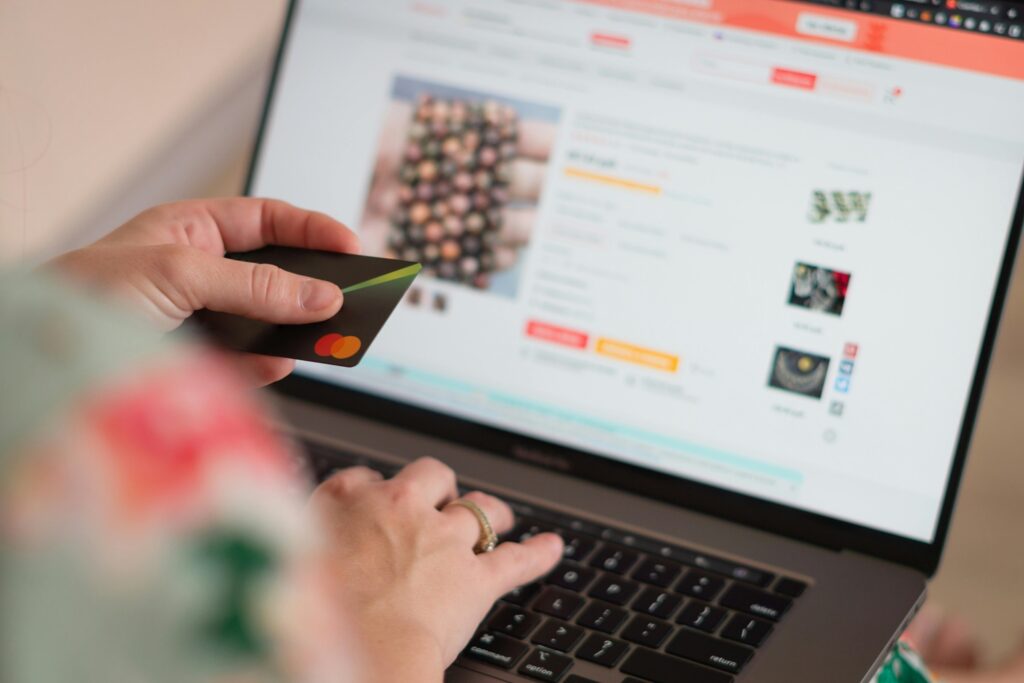
In today’s competitive business landscape, cultivating strong customer relationships is critical to fostering loyalty and driving repeat business. One of the most effective ways to nurture these relationships is through an automated follow-up strategy.
Automating follow-ups not only saves time but also ensures that you consistently stay connected with your customers at key touchpoints, creating opportunities to enhance their experience and encourage them to come back for more.
In this guide, we’ll explore how to develop an automated follow-up strategy that drives repeat business by leveraging the right tools, tactics, and timing. We’ll also cover key best practices to ensure your strategy aligns with customer needs and enhances your brand’s long-term success.
1. Understand the Customer Journey
Before setting up an automated follow-up strategy, it’s essential to map out the customer journey. By understanding the stages a customer goes through — from awareness to consideration, purchase, and post-purchase — you can tailor follow-ups to their needs at each point.
For instance:
- Post-purchase follow-ups might focus on satisfaction, product care, or upselling related products.
- Inactive customers may need reminders or special offers to re-engage.
- Loyal customers could benefit from rewards programs or exclusive offers to strengthen the relationship.
By aligning your automated follow-up emails or messages with the customer journey, you can ensure that each touchpoint is relevant and adds value, thus increasing the chances of repeat business.
2. Segment Your Customer Base
Personalization is key to effective follow-up strategies. Customers are more likely to respond to messages that feel tailored to them. By segmenting your customer base, you can create automated sequences that speak directly to the interests and behaviors of different groups.
Some useful segmentation criteria include:
- Purchase history (e.g., first-time customers vs. repeat buyers)
- Engagement level (e.g., active vs. dormant customers)
- Demographics (age, location, etc.)
- Buying patterns (high-spend customers vs. discount-driven shoppers)
For example, a customer who frequently purchases high-end products may appreciate early access to new premium products, while a budget-conscious buyer may respond better to promotions or discounts.

3. Choose the Right Tools and Platforms
To implement an effective automated follow-up strategy, you’ll need the right tools. There are various customer relationship management (CRM) systems and email marketing platforms available that can help you automate and personalize follow-ups.
Popular platforms like HubSpot, Klaviyo, Mailchimp, or ActiveCampaign offer automation features, such as:
- Trigger-based emails (e.g., sending a follow-up email when a customer makes a purchase or abandons their cart)
- Behavioral tracking to gauge customer engagement
- Pre-built templates for different types of follow-ups
Additionally, integrating your CRM with your eCommerce platform or other sales tools ensures that customer data is up-to-date, making your follow-ups more relevant.

4. Establish Trigger-Based Follow-Ups
One of the most powerful aspects of automation is the ability to set up trigger-based follow-ups. Triggers are predefined actions or milestones that prompt automatic responses. This not only reduces the manual effort required to send follow-ups but also ensures that your messages reach customers at the right time.
Here are some key triggers to include in your strategy:
- Purchase confirmation and thank you emails: Immediately after a customer makes a purchase, send a confirmation email to acknowledge it and thank them for their business.
- Order status and delivery updates: Keeping customers informed about their order’s progress builds trust and reduces post-purchase anxiety.
- Post-purchase review request: A few days after delivery, follow up with a request for feedback or a product review.
- Abandoned cart reminders: If a customer leaves items in their cart without completing the purchase, a follow-up email offering a small discount or reminder can encourage them to finalize their purchase.
- Loyalty program updates: Inform loyal customers about points earned, upcoming rewards, or exclusive offers based on their purchase history.
By setting up these triggers, you ensure that your communication is timely and relevant, increasing the likelihood of driving repeat purchases.
5. Focus on Value-Driven Content
While the primary goal of follow-up messages is to drive repeat business, they should not come across as overly sales-driven. Customers are more likely to engage with content that provides value. This could be in the form of useful tips, product care guides, personalized recommendations, or exclusive access to deals.
For instance, a follow-up email to a customer who purchased skincare products could include tips on how to use the product effectively, as well as recommendations for complementary items. By offering value in your follow-up communications, you establish your brand as a helpful resource, increasing the chances that customers will return.
6. Incorporate Personalization
Automated messages do not have to feel robotic. Personalization can significantly enhance engagement. Use customer data to tailor your follow-ups with personalized elements like:
- Addressing the customer by their first name
- Recommending products based on previous purchases
- Offering birthday discounts or anniversary promotions
- Sending personalized thank-you notes
Personalization fosters a sense of connection and demonstrates that your business values the customer’s unique preferences and needs.

7. Optimize the Timing and Frequency
Timing is everything when it comes to follow-up emails or messages. Sending too many too quickly can overwhelm the customer, while sending them too infrequently might cause missed opportunities.
A good rule of thumb is to space out follow-up messages based on customer behavior. For instance:
- Post-purchase follow-ups should start within 24 hours and include regular check-ins over the next 30 days.
- Abandoned cart reminders can be sent within 1–2 days after abandonment, with a follow-up a few days later.
- Dormant customers can be targeted with re-engagement emails after 60–90 days of inactivity.
Finding the right balance ensures you stay top-of-mind without being intrusive.

8. Measure and Refine Your Strategy
Lastly, no strategy is complete without measurement and optimization. Regularly track key performance indicators (KPIs) such as open rates, click-through rates, conversion rates, and unsubscribe rates to gauge the effectiveness of your automated follow-ups.
Use A/B testing to experiment with different subject lines, message content, and call-to-action buttons. Adjust your strategy based on the data to improve future performance. This ongoing refinement ensures your follow-up strategy remains effective and relevant to your audience.
Conclusion
Developing an automated follow-up strategy is essential for building long-lasting relationships with customers and driving repeat business. By understanding the customer journey, segmenting your audience, choosing the right tools, and focusing on value-driven content, you can create a seamless and effective follow-up system that keeps customers coming back. Remember, personalization and timing are crucial to ensuring your follow-up efforts hit the mark without overwhelming your customers.
With the right strategy in place, your business can leverage automation to foster loyalty, increase customer lifetime value, and ultimately, drive sustainable growth.


